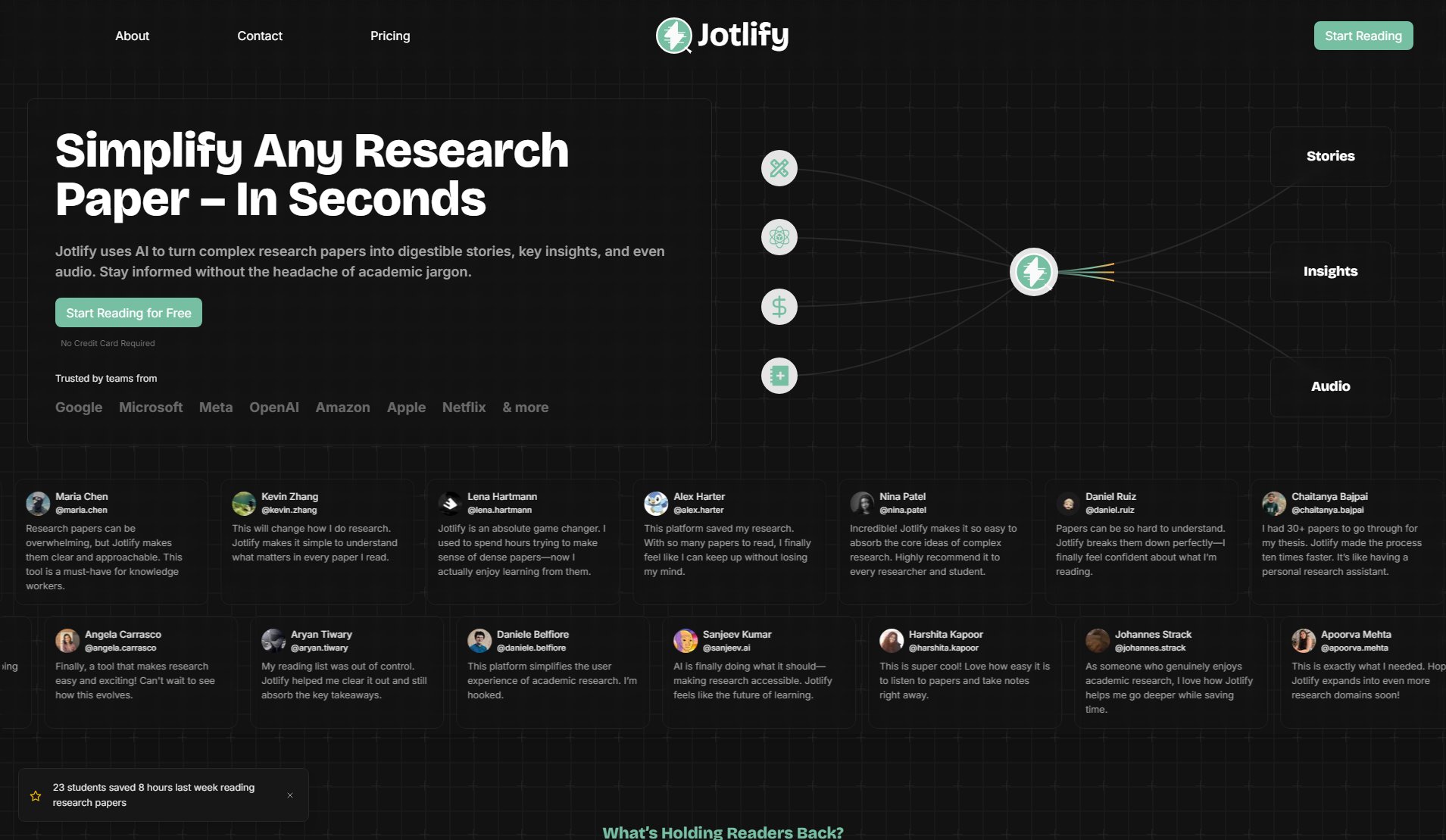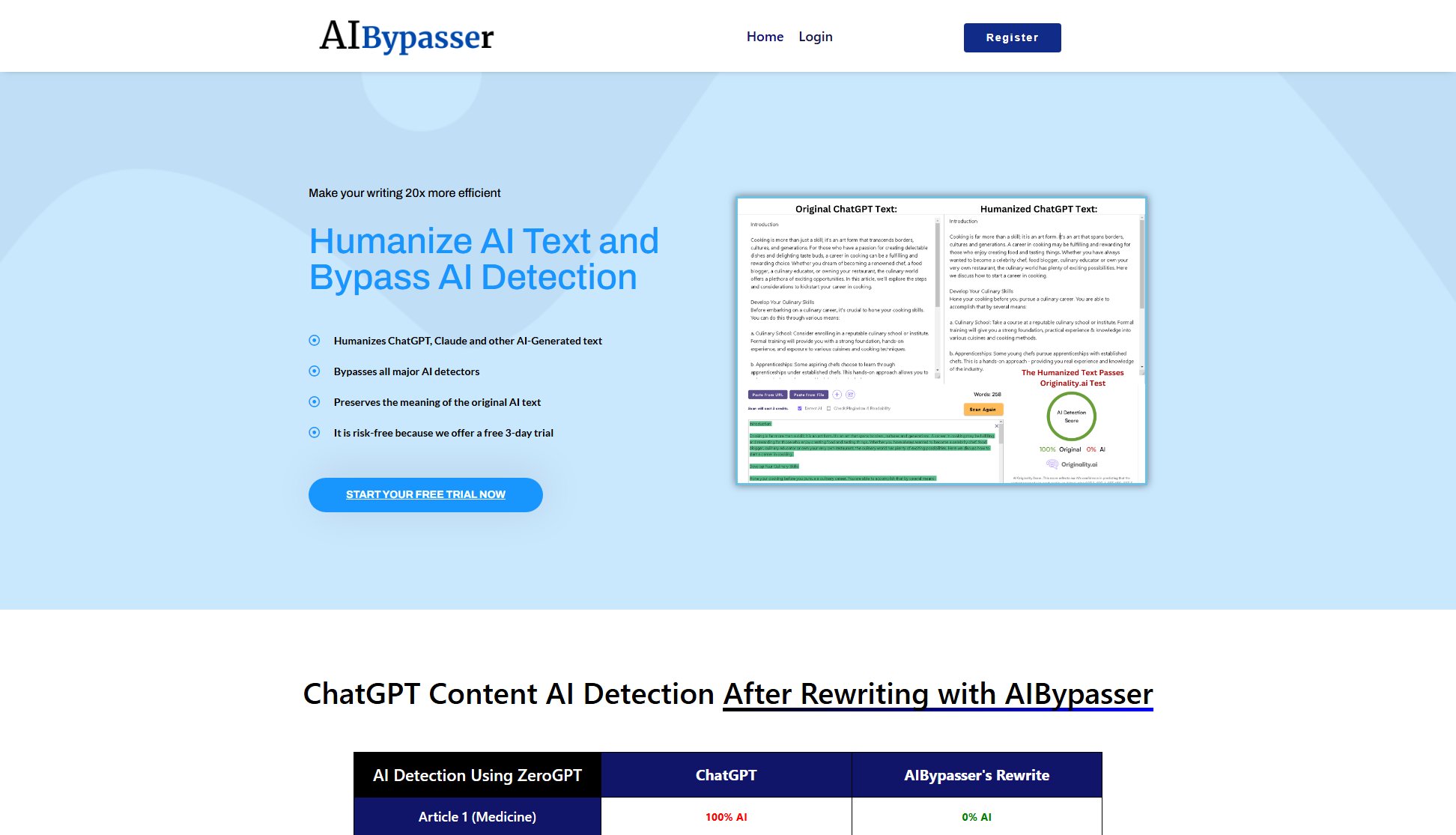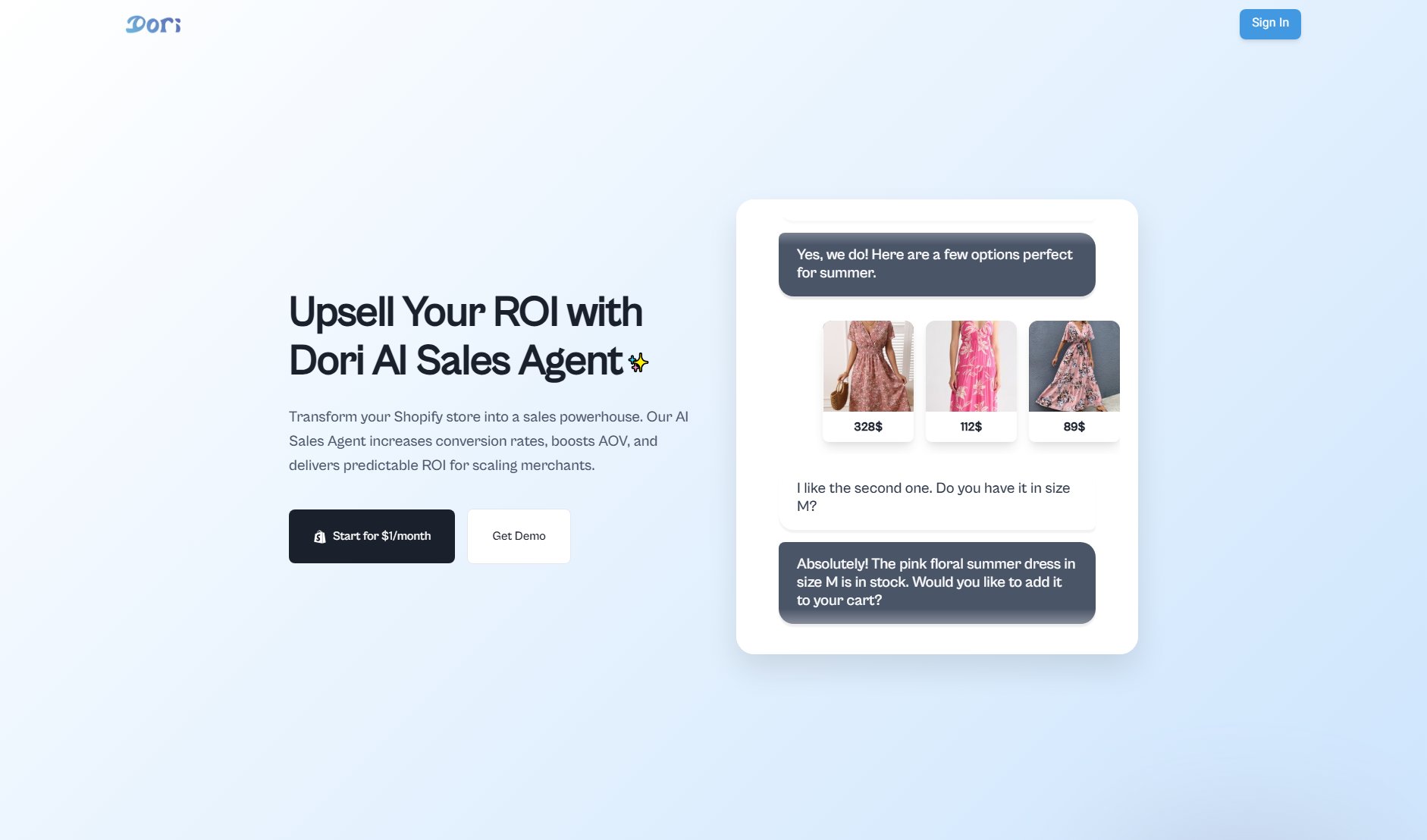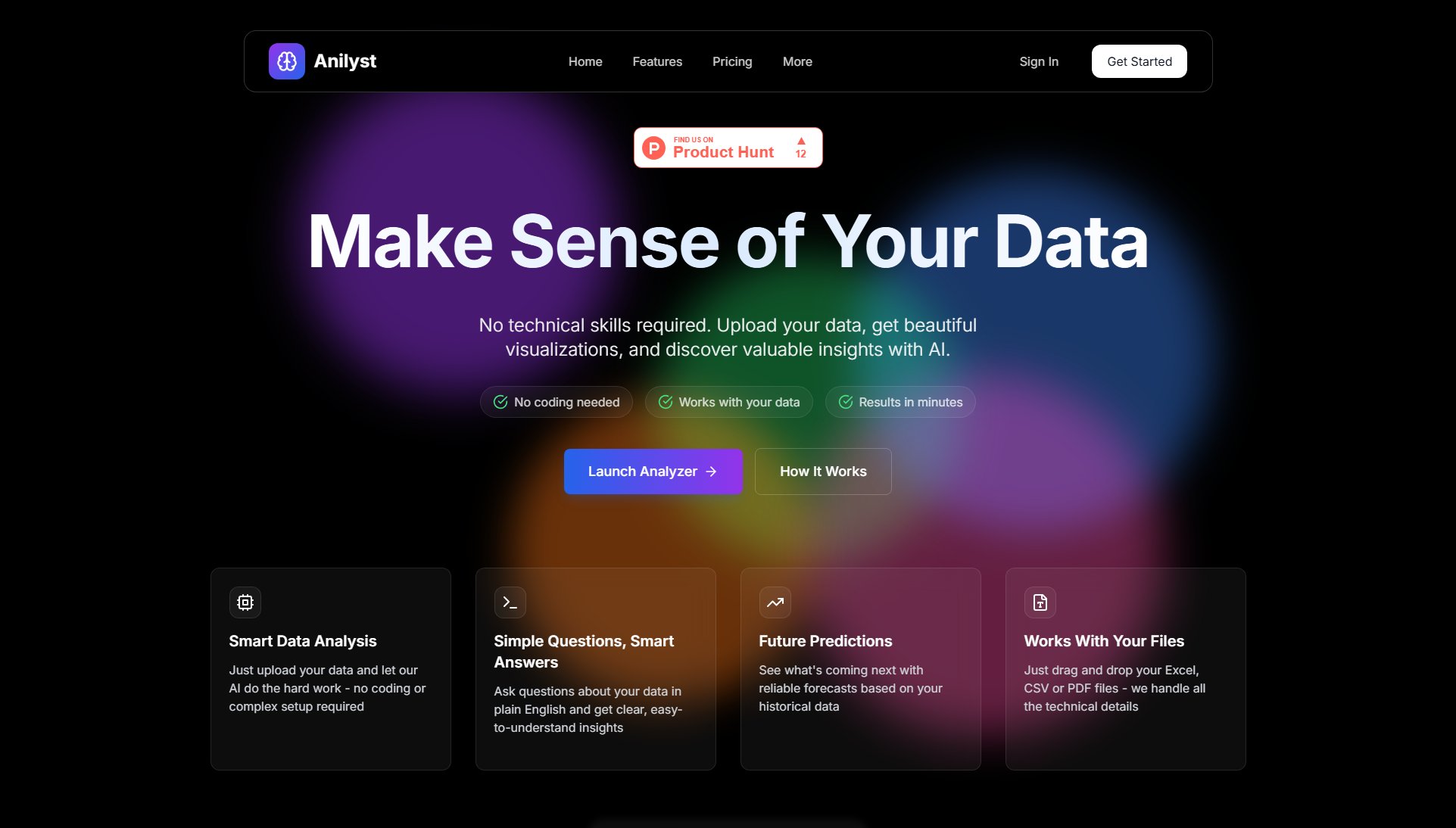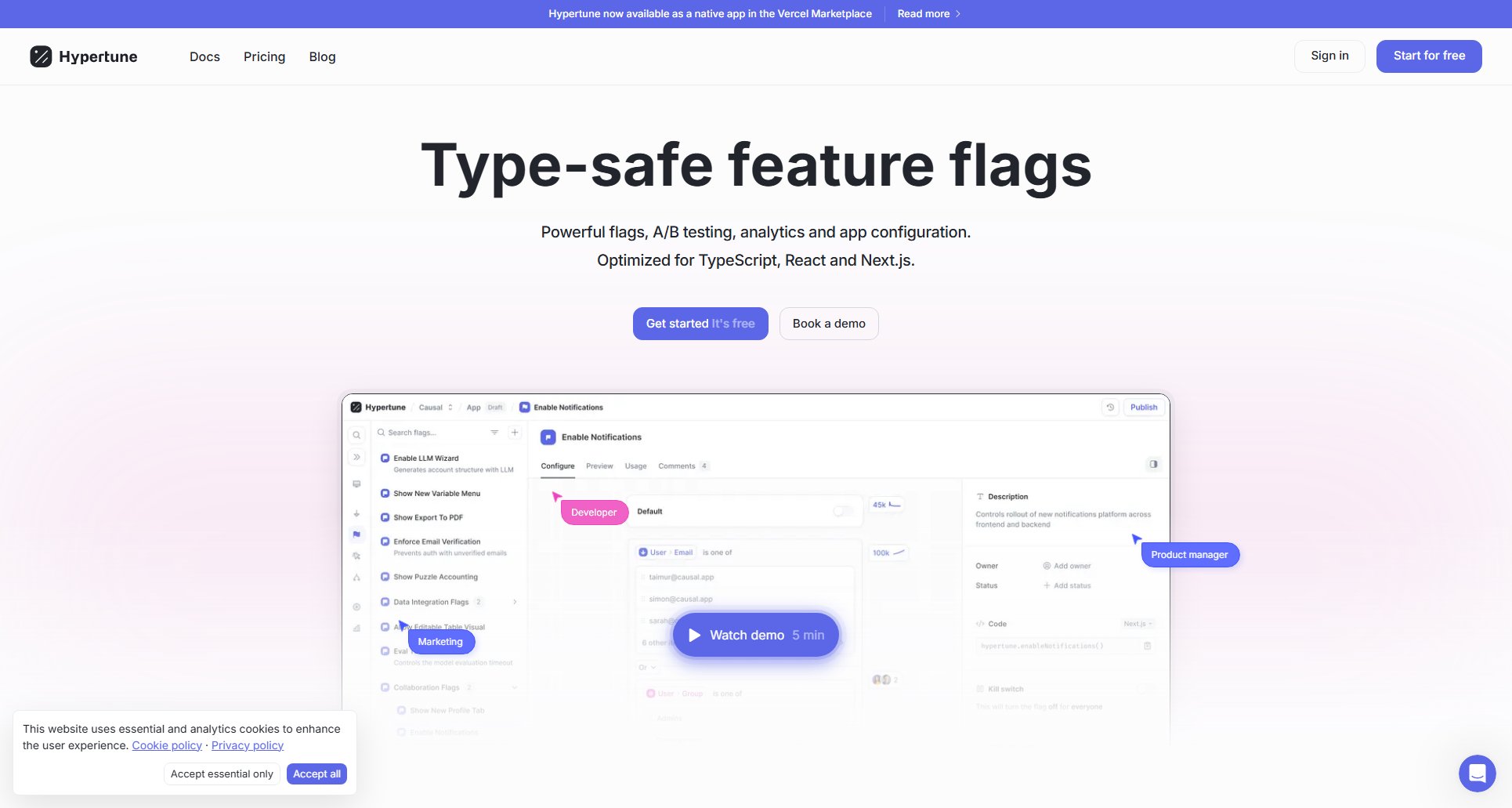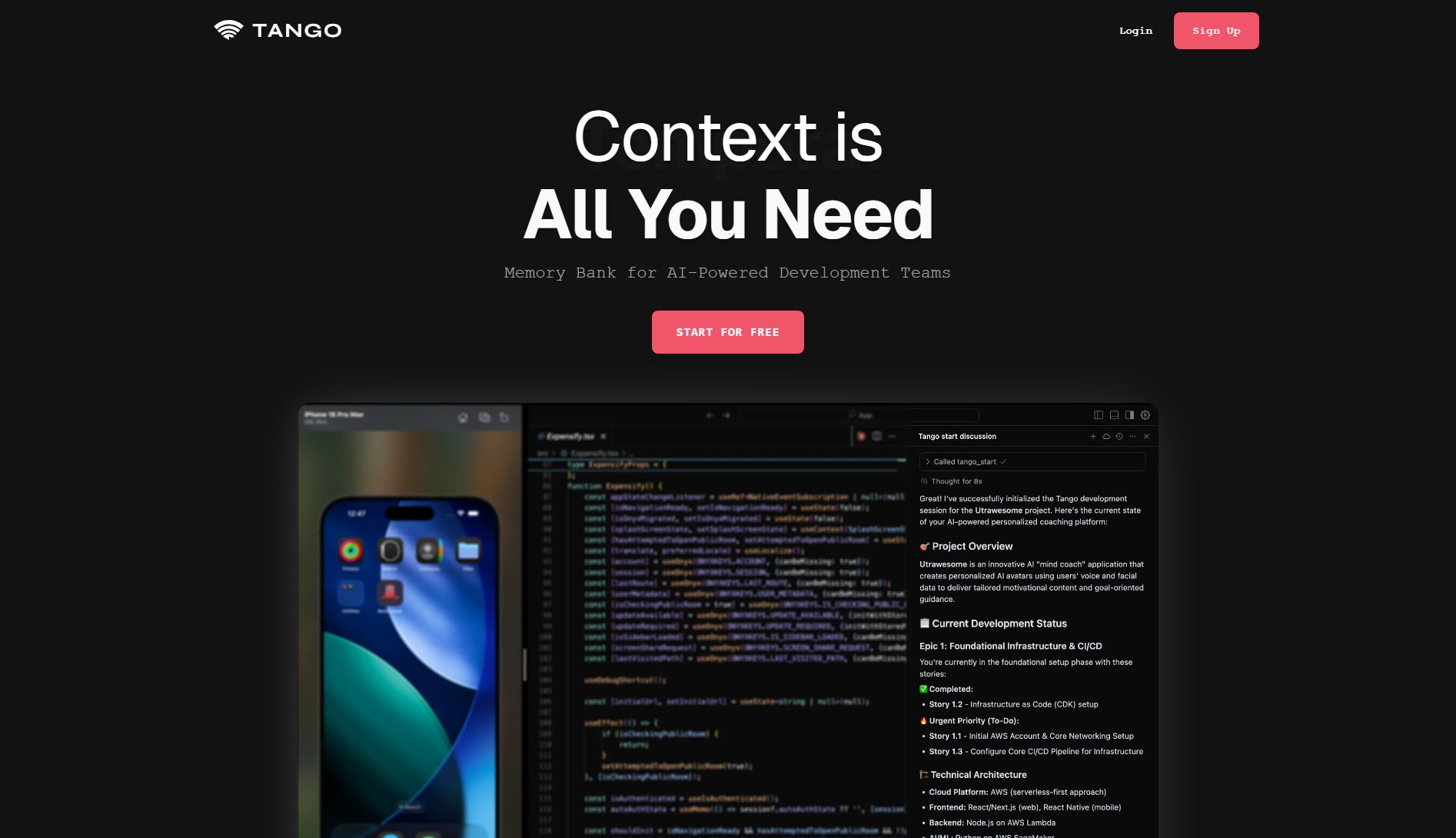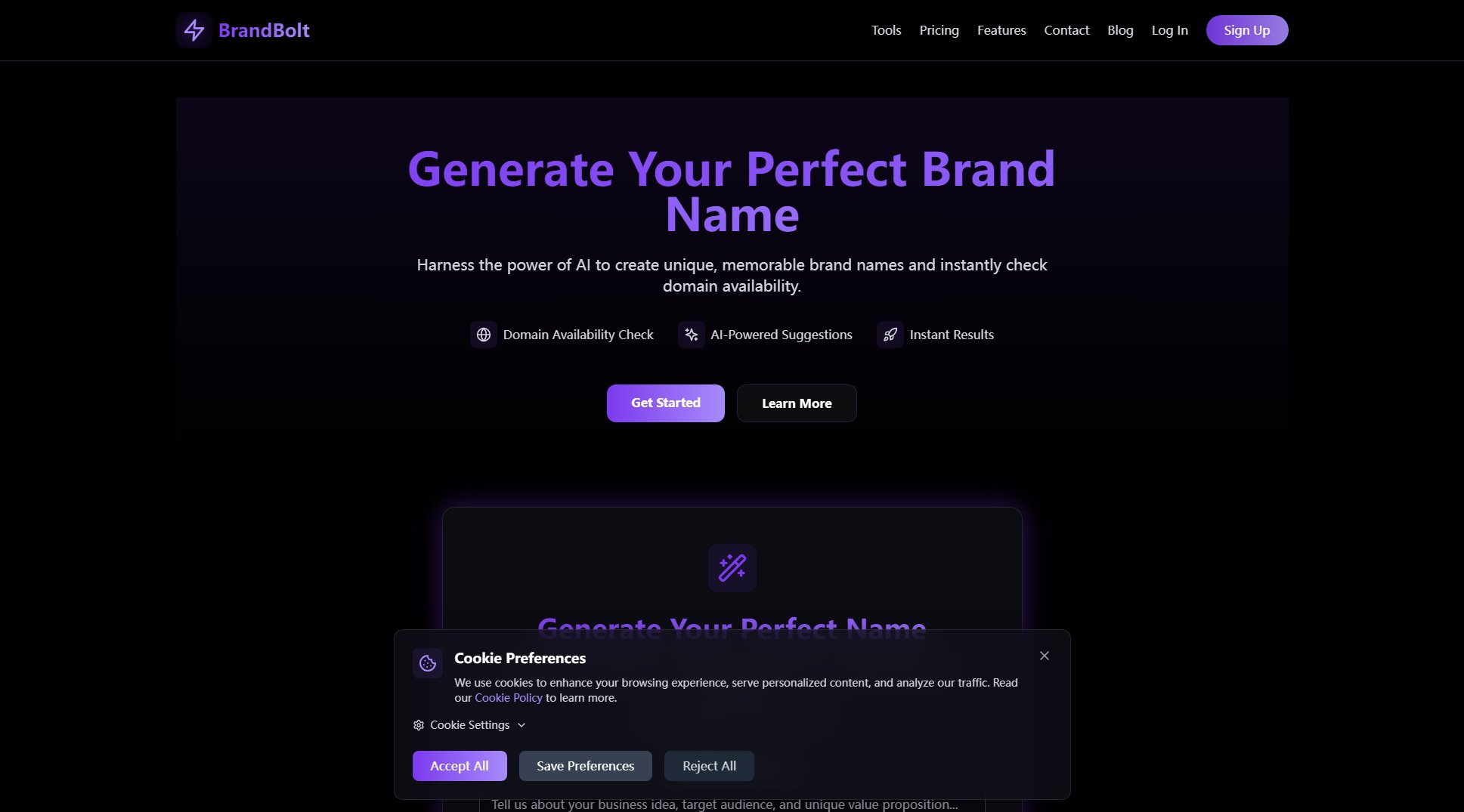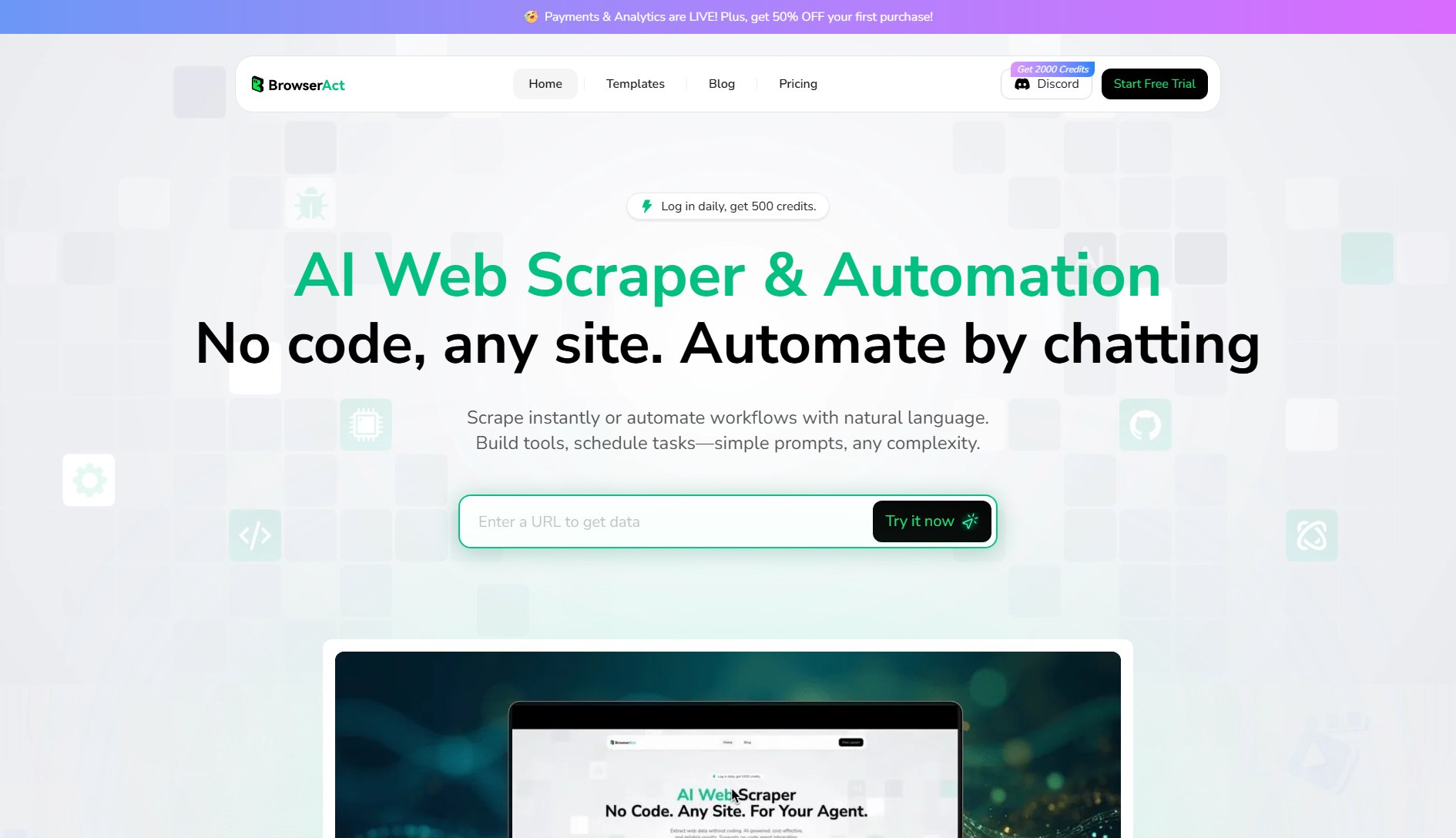Product Index
SEO-optimized product listings from images in seconds
What is Product Index? Complete Overview
Product Index is an innovative tool designed to streamline the creation of SEO-optimized product listings directly from images. Simply upload a product photo, and the tool generates a complete listing ready for download. It caters to e-commerce sellers, marketers, and businesses looking to enhance their online product visibility with minimal effort. The platform solves key pain points such as time-consuming manual listing creation, inconsistent SEO optimization, and inefficient bulk processing. Users can work anonymously or sign in to save listings permanently, making it flexible for both one-time and recurring needs.
Product Index Interface & Screenshots
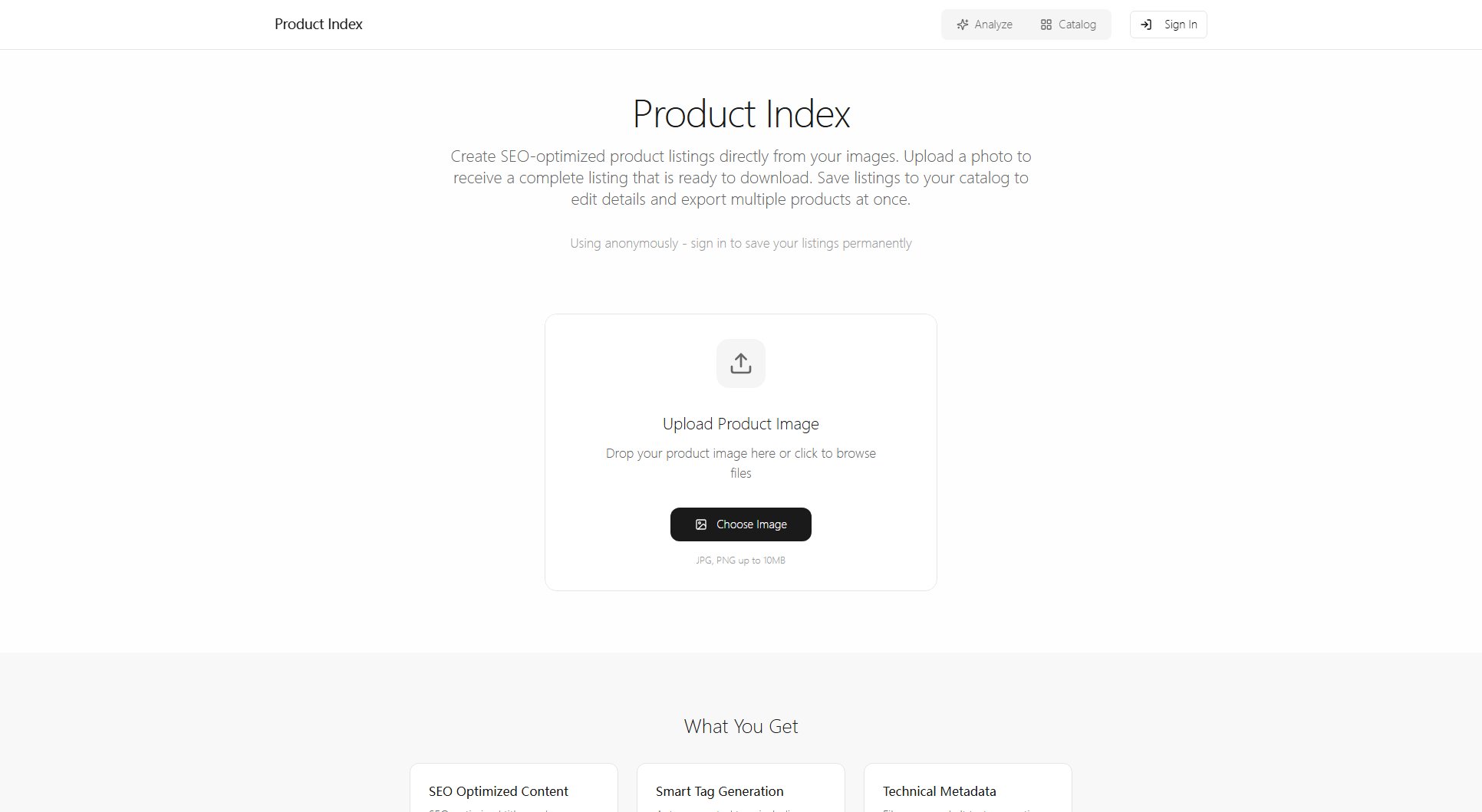
Product Index Official screenshot of the tool interface
What Can Product Index Do? Key Features
SEO Optimized Content
Automatically generates SEO-optimized titles and descriptions tailored for maximum search engine visibility and conversion rates. The content is crafted to align with best practices, ensuring your products stand out in search results.
Smart Tag Generation
Leverages AI to auto-generate relevant tags including style, color, and product type. This enhances categorization and improves discoverability across platforms and search engines.
Technical Metadata
Provides optimized file name and alt text suggestions to ensure web accessibility and SEO compliance. This feature helps meet accessibility standards while boosting search rankings.
Product Catalog
Offers a centralized catalog to collect, organize, and edit your listings. Users retain full control over every detail, making it easy to manage multiple products efficiently.
Bulk Export
Supports CSV exports for multiple listings at once, streamlining store import and onboarding processes. Ideal for users managing large inventories or migrating products between platforms.
Instant Results
Delivers complete product listings in seconds, eliminating hours of manual work. The tool's speed ensures rapid scalability for businesses of all sizes.
Best Product Index Use Cases & Applications
E-commerce Store Onboarding
Retailers can quickly onboard hundreds of products by uploading images in bulk. The tool generates ready-to-use listings, reducing setup time from days to minutes.
Marketplace Sellers
Sellers on platforms like Etsy or Amazon can enhance their product visibility with SEO-optimized titles and tags, driving more organic traffic to their listings.
Marketing Teams
Marketing professionals can ensure consistent SEO performance across product pages, improving overall campaign effectiveness and ROI.
How to Use Product Index: Step-by-Step Guide
Upload a product image by dragging and dropping it into the designated area or browsing your files. Supported formats include JPG and PNG, with a maximum file size of 10MB.
The tool processes the image automatically, extracting relevant details and generating SEO-optimized content, tags, and metadata.
Review the generated listing. You can edit any details directly within the interface to ensure accuracy and alignment with your brand voice.
Save the listing to your catalog if you're signed in, or download it immediately for use. For bulk operations, repeat the process with multiple images.
Export multiple listings as a CSV file for seamless integration with e-commerce platforms or other systems.
Product Index Pros and Cons: Honest Review
Pros
Considerations
Is Product Index Worth It? FAQ & Reviews
Yes, you can use Product Index anonymously for free. However, signing in allows you to save listings permanently and access additional features.
Product Index supports JPG and PNG formats, with a maximum file size of 10MB per image.
Absolutely. You have full control to edit titles, descriptions, tags, and other details before saving or exporting.
While the free version allows unlimited generations, saving listings permanently may require signing in or subscribing to a paid plan (if applicable).
The tool uses AI to analyze product images and generate content aligned with SEO best practices, including keyword-rich titles, descriptions, and metadata.
